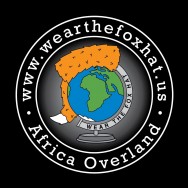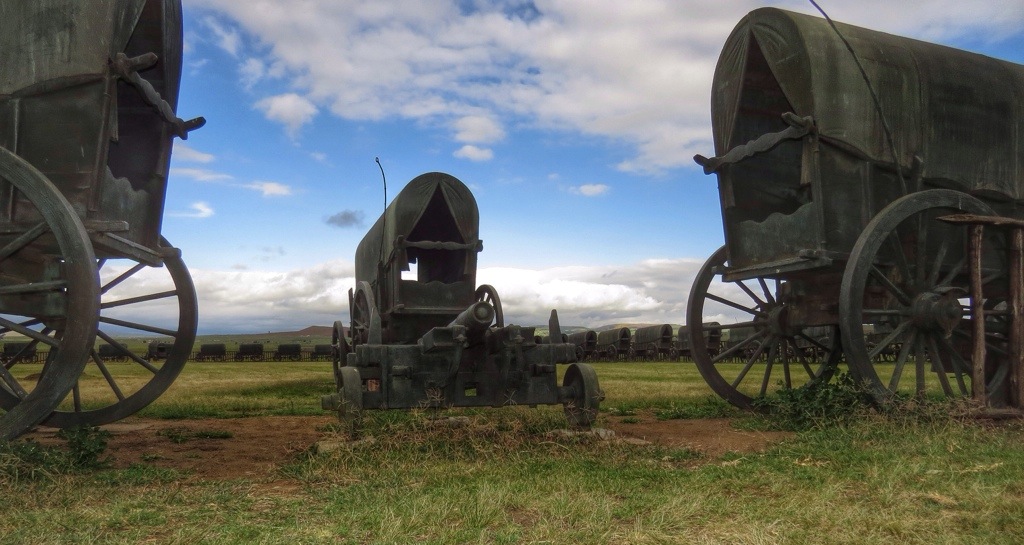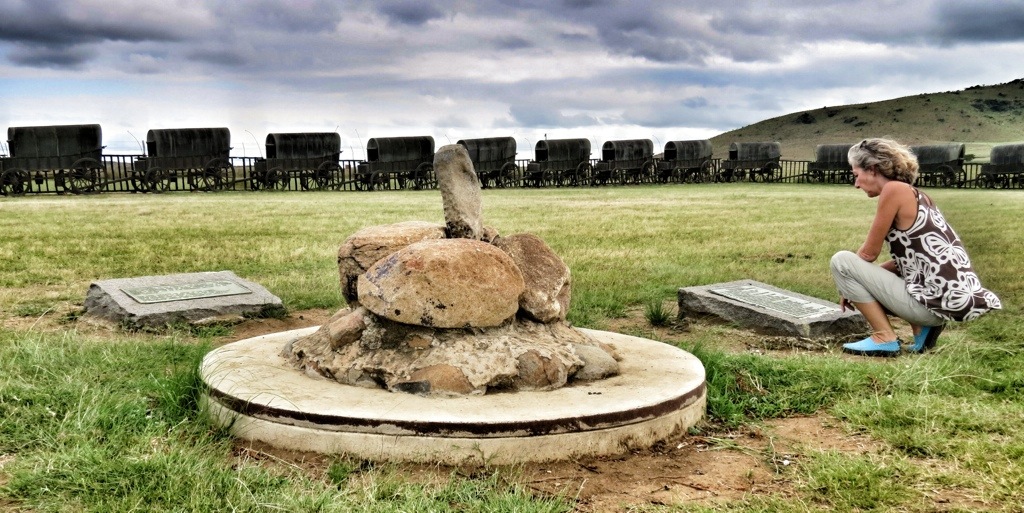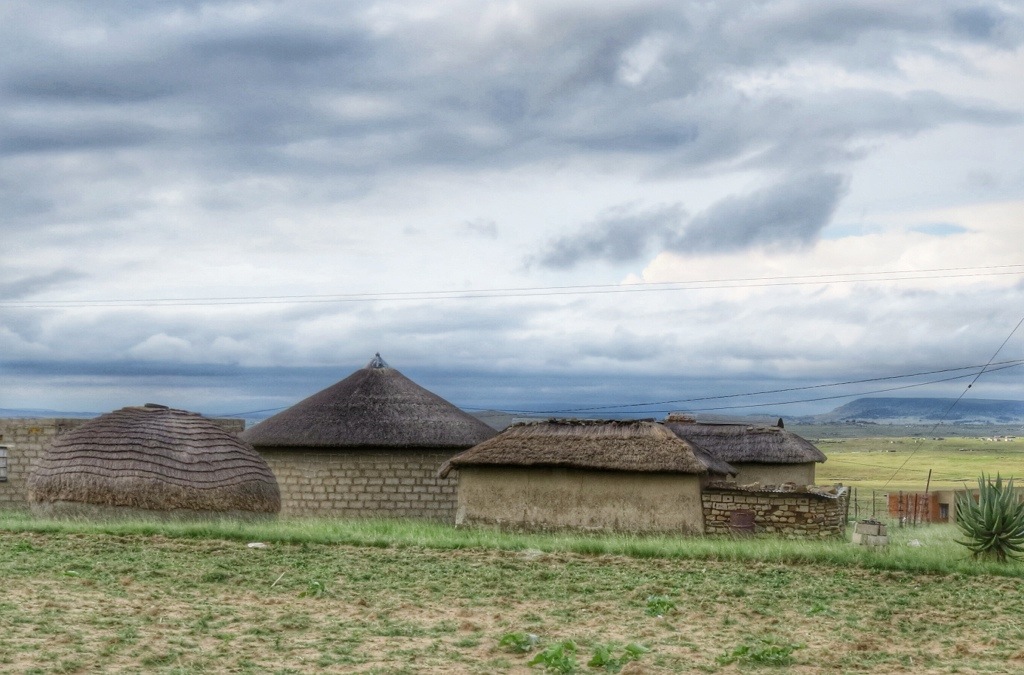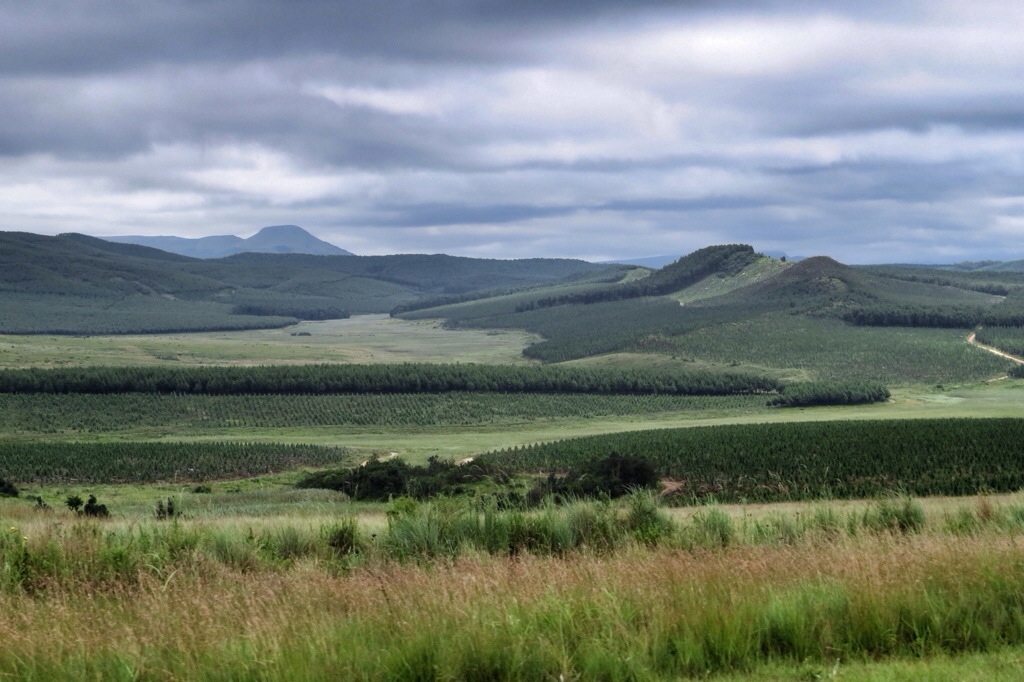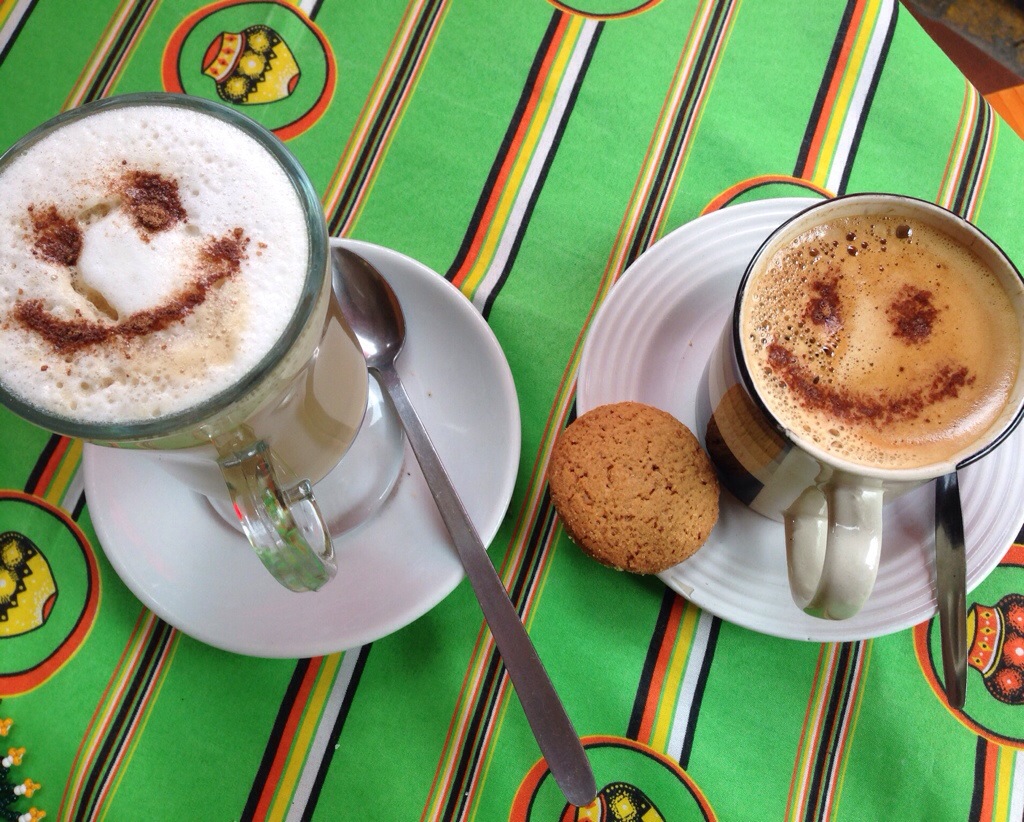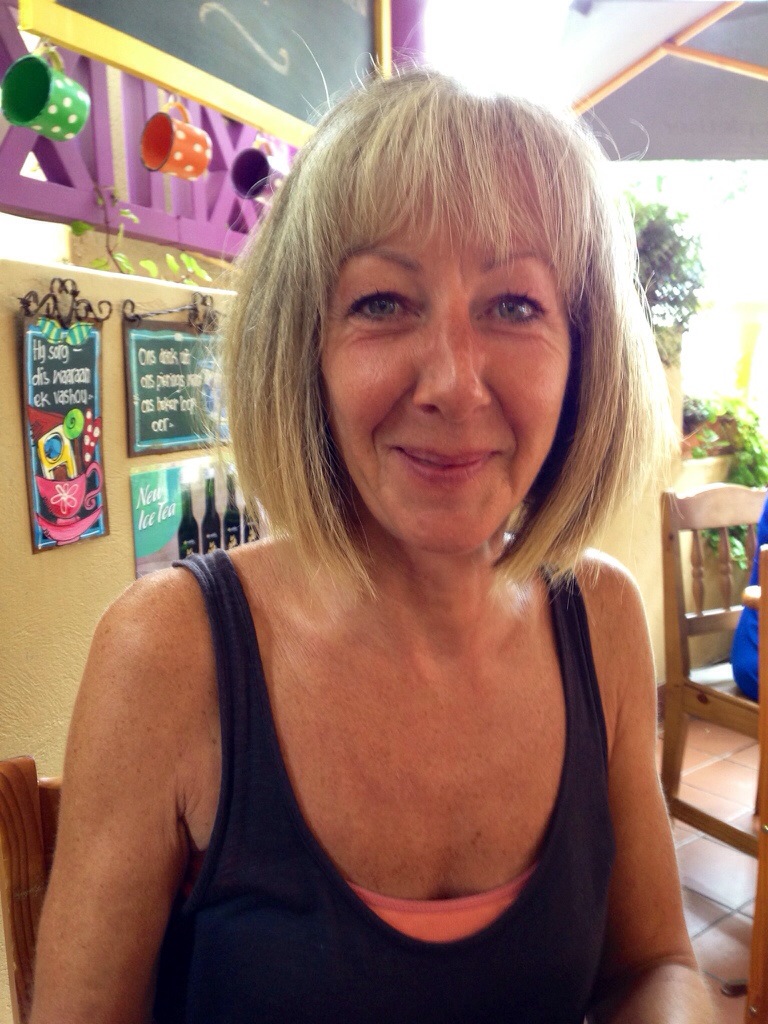Heading east from Golden Gate Highlands we passed through an area of many towns with Scottish names – Glencoe, Dundee, Kinross, Aberdeen.
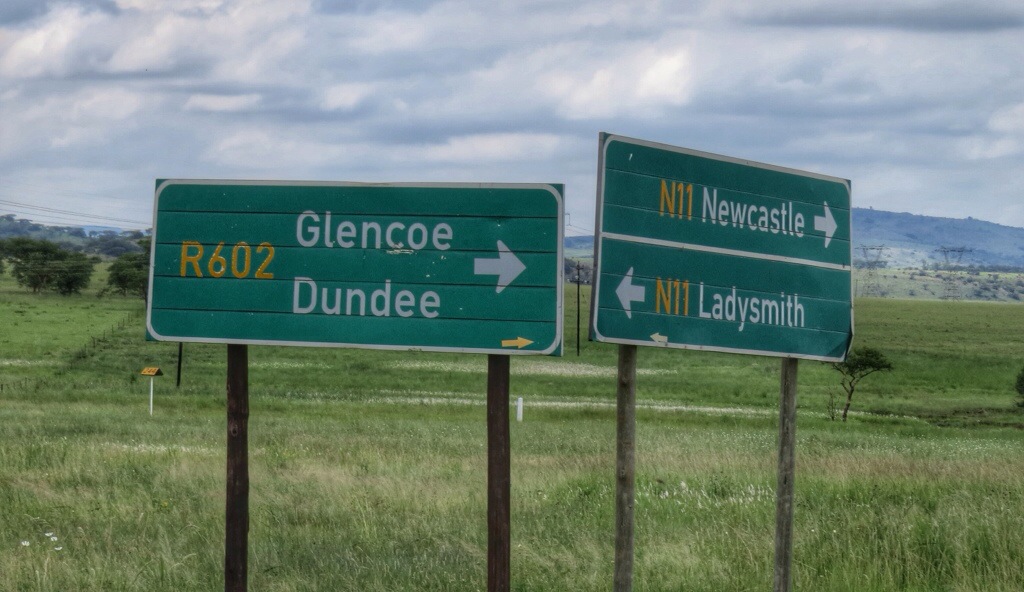
I’m not sure of the origin, but there is certainly a similarity in the landscape (and the weather – more rain). Still, very beautiful.
Early afternoon although the weather was gloomy and we had a long way still to go, we decided to make a 30km detour east of Dundee to the Voortrekkers Memorial that we had seen in a guide book whilst in The Drakensberg.
The Voortrekkers were a group of settlers and volunteer military types who left the British governed Cape Colony and were looking to settle in eastern South Africa – KwaZulu Natal – in the 1830’s. They had been granted a huge area of land by Zulu King Dingane at the time, but claimed that a peace treaty had been broken by the Zulu and set out to confront them (Zulu opinions take a slightly different point of view, even today).
On 16th December 1838 the 464 Voortrekkers came across the 12,000 – strong Zulu army on the banks of the Ncome River. They formed their 64 wagons into a D-shaped Lager (the straight part of the D against the shallow banks of the Ncome River) and erected wicket barricades.
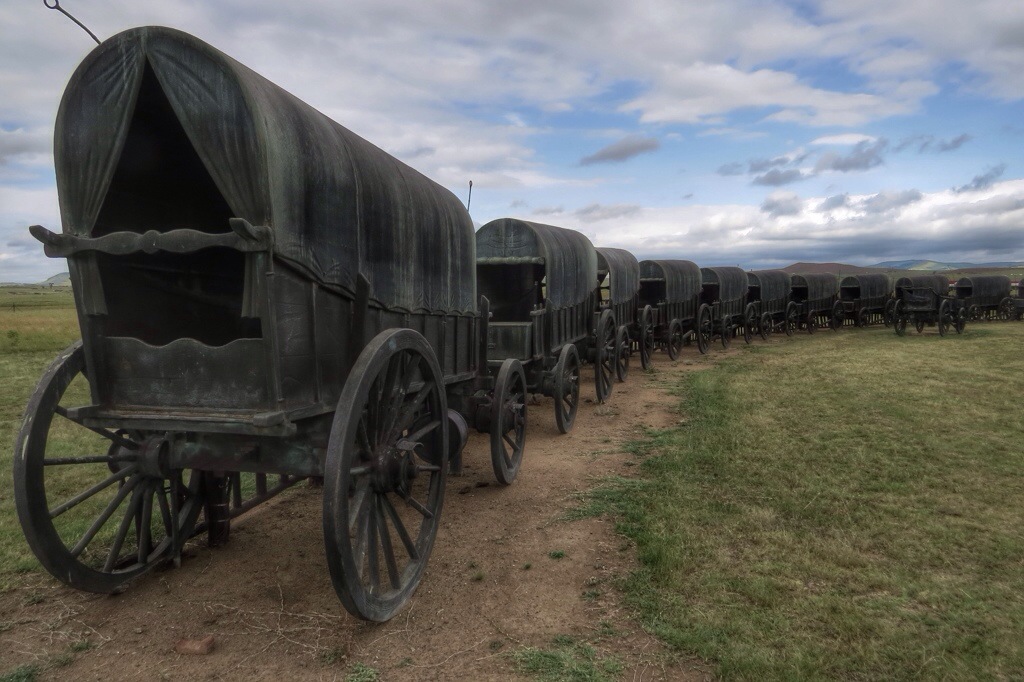
The Voortrekkers’ placed their three small canon at strategic openings in the Lager and battle commenced early in the morning: the Zulus attacking in their traditional Impi formation of a horned bull – younger warriors in the red, left ‘horn’, looking to prove their bravery; more tested warriors in the right, white ‘horn’; the most seasoned warriors in the head and body of the bull.
The battle involved many attacks over approximately 4-5 hours, by the end of which 3 Voortrekkers were wounded and over 3,000 Zulu had been killed – many of them in their attempts to cross the river, hence the name Blood River..
The monument was erected in 1971 as a replica of the original Lager. Each full-size wagon is identical and made of cast iron, coated in bronze and placed on concrete plinths.
The simple stone pile in the centre of the Lager is the oldest commemorative monument on the site and was erected in 1866 (28 years after the battle) when 40-50 wagons gathered at the spot to commemorate the event. In the spirit of renewed cooperation a number of the original Voortrekkers and original Zulu warriors were present at the simple stone-piling ceremony.
There is an excellent small visitor centre with an excellent Audio Visual presentation of the history and the monument managers (Dons and his wife Eurika) made the few hours we spent there most interesting. We had the monument and the surrounding plains to ourselves – which only heightened its fascinating and moving atmosphere.
Ignoring the main road in and out of the monument region, we drove through many traditionally built Zulu villages. Probably just as poor as many of the corrugated-tin Townships we’ve seen, but generally filled with children and adults who will run to the road to wave and smile as we pass.
The next couple of days were spent travelling from Vryheid via Paulpetersburg, Piet Retief, Amsterdam and Badplaas to Baberton and then Nelspruit in search of some more assistance with the car.
Over 250km of this 400km route was filled with forest plantations on either side as the road as far as the eye could see. Any area not covered in planted timber had either recently been harvested, or recently re-planted.
I’m concerned that the fridge is draining the auxiliary battery too quickly and our roof-top solar panel may not be man-enough to keep it topped up when we’re camped for a couple of days consecutively.
In Nelspruit (a much larger town than we expected) we went to 3 different specialists who each tried to sell us bigger batteries that would last longer. Only the guys at ‘4×4 Megaworld’ actually measured the input and output of the solar panel, the fridge and the auxiliary battery – even taking the battery away to be tested by a specialist – concluding that they should all be adequate for the job but the solar panel is probably being too obscured by the roofrack (reducing it’s efficiency).
All of that took a couple of days (you can’t properly test a solar panel if it’s peeing down with rain – for a change). So, between running around all the garages / 4×4 centres, we found a cracking little cafe…
… that had a hair salon attached where Helene took the opportunity to get her hair done (2nd time since we left home!)
The solar panel will have to wait (actually be added to my growing list of works that I hope to have done when we get to Foley’s in Zambia) as we’re booked for camping in Kruger National park in 24 hours.
